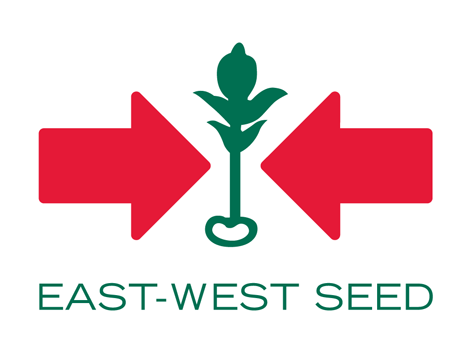Causal Agent:
Oomycete (Phytophtora spp.)
| Characteristic Symptoms: | |
 |
All plant parts can be affected but fruit rot is more common. |
 |
Fruit rot begins as a round, dark brown area on any part of the fruit at any stage of maturity. |
 |
The initial lesion is surrounded by a rapidly expanding light tan region. |
 |
White to gray fungal-like growth may appear during wet, humid periods, starting on the oldest part of the fruit lesion. |
| Conditions for Disease Development: | |
 |
Rainfall, wet soils and poor drainage favor disease development. |
 |
Wind-blown rain through the air and water movement in soil may spread the disease from one plant to another. |
 |
The disease can also be spread via farm equipment and boots. |
 |
Phytophthora spp. is a soil-borne pathogen that can survive for years in the soil. |
| Management and Control: | |
 |
Choose fields which are well-drained and plant on raised beds. |
 |
Remove infected fruits as soon as symptoms are observed. |
 |
Apply copper-based fungicides or fosetyl aluminum, metalaxyl or dimethomorph when necessary. |
 |
Crop rotation with rice and corn for years may help reduce inoculum in the soil. |
| References: | |
| http://edis.ifas.ufl.edu/vh045 | |
| http://www.seminis-us.com/resources/disease-guides/pepper-eggplant/ | |
To view other diseases, click here.
Need more help? Ask the Doctor.




